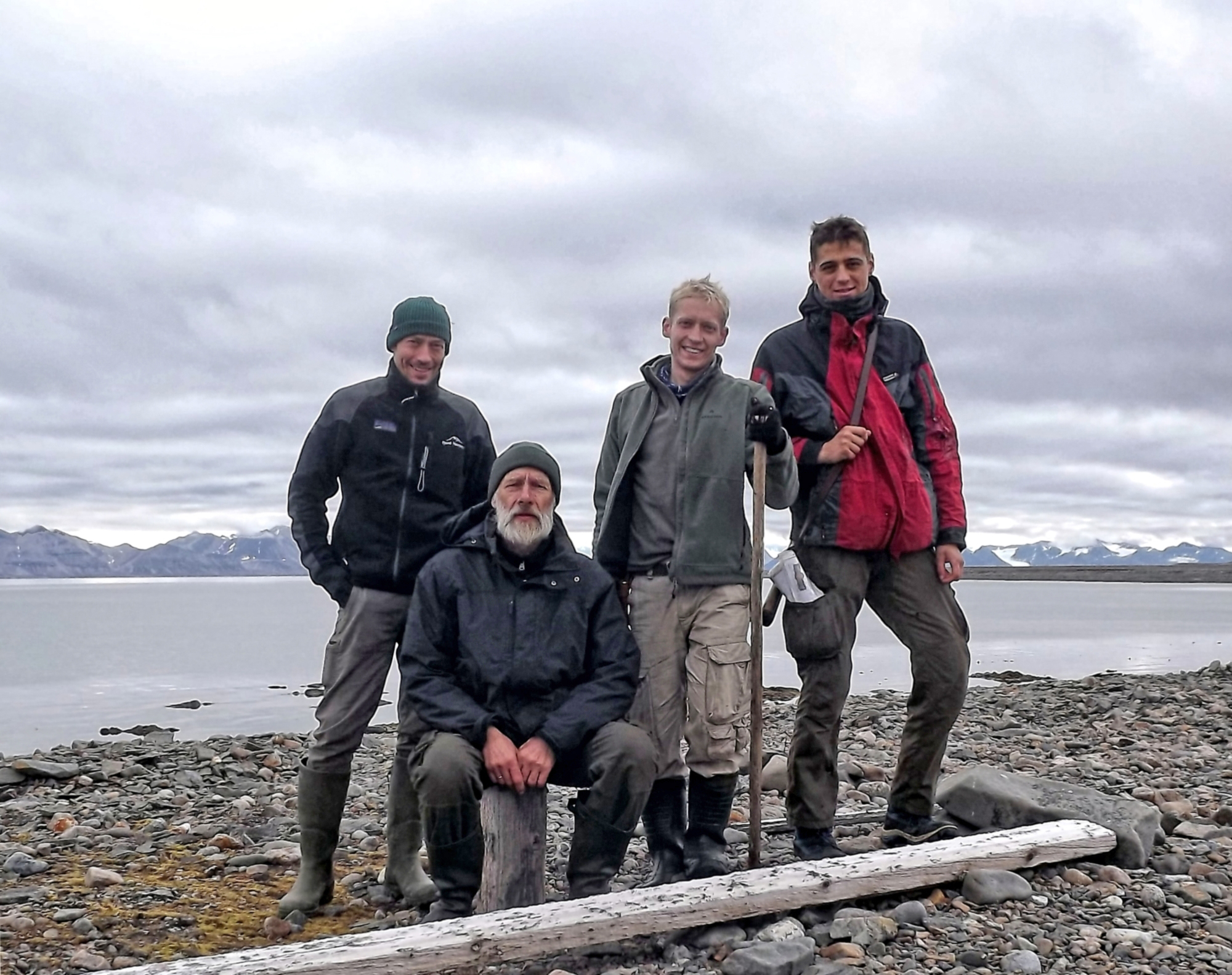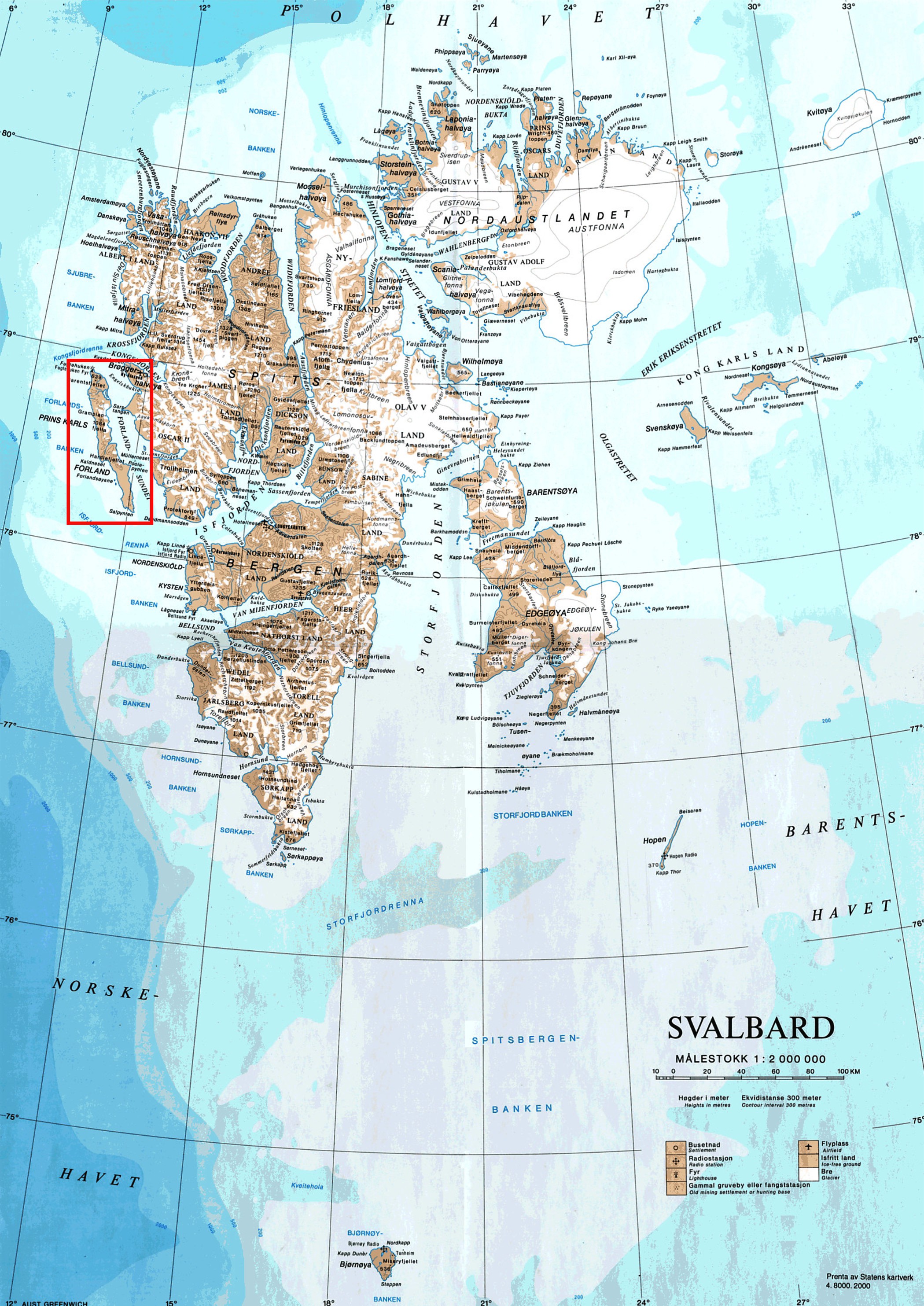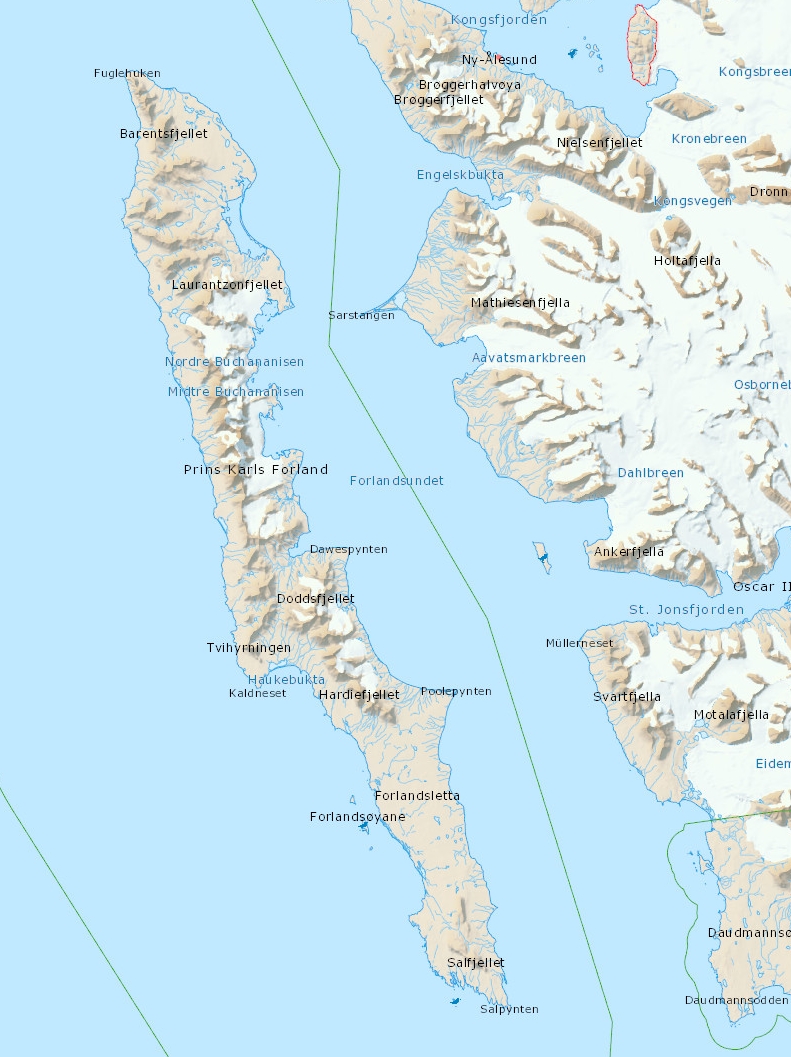Prins Karl Forlandet
The new expedition in the framework of Svalbard Intertidal Project (SIP) was organised by Institute of Oceanology PAN, with the financial support from Svalbard Miljovernfond (grant nr 16/01633-4) and grant from the Ministry of Science and Higher Education in Poland. Project was registred under Research on Svalbard RIS nr 3423. Logistic company NAVIGA from Gdynia kindly lended us the Personal Location Beacon, needed for the groups operating outside management area nr 10 on Svalbard. Norsk Polarinstitutt generously allowed us to use their hut at Fuglehuken for the time of the field work in August 2017. Specific goal of this trip was to find how the Prins Karl Forlandet is colonised with the two contrasting species of Gammarus. If the west (Atlantic coast) is colonised with cold water species G. setosus, it means that its boreal counterpart G. oceanicus crawls slowly along the coast of West Spitsbergen, and was not able to colonise the outer Island coast yet. If the opposite is true, it is likely, that Gammarus oceanicus is supplied from the Norway and West European mainland with the sea currents (e.g. riding on the litter drifting along).We wish to thank Nuria Selva Fernandez, Lech Stempniewicz and Adam Wajrak for collecting samples along NE coast.
Expedition members - joint photo
Persons from the left: Lech Kotwicki (marine ecology), Jan Marcin Węsławski (project leader, marine ecology), Miłosz Kotwicki (chemistry student), Bartłomiej Górski (biotechnology student) |
Svalbard archipelago map
|
Prins Karl Forlandet map
|